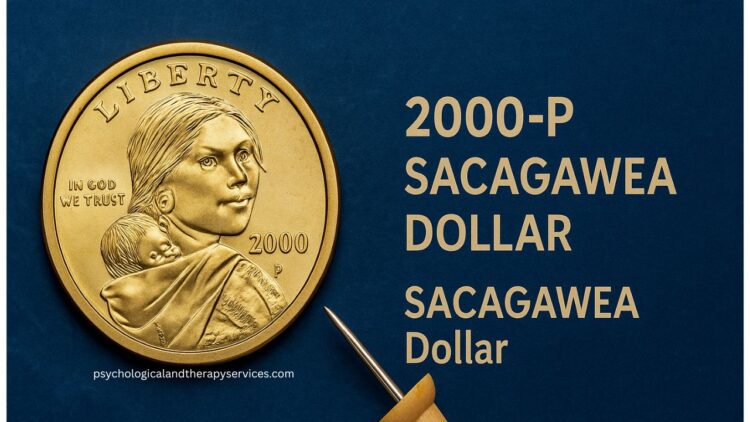A simple-looking 2000-P Sacagawea dollar could be hiding an astonishing secret—one that makes it worth up to $72,000 or more. Known as the Sacagawea dollar mule error, this rare U.S. Mint mistake is one of the most valuable modern coin errors in American history.
If you have this coin sitting in a drawer, it’s time to take a closer look.
What Is the Mule Error on the 2000-P Sacagawea Dollar?
A mule error is when two coin dies from different coin types are mistakenly combined during the minting process. In this case, the obverse (heads) shows George Washington, like on a state quarter, while the reverse (tails) features the Sacagawea eagle design.
This unusual pairing was struck on a golden dollar planchet, giving it the appearance of a Sacagawea coin but with a quarter’s head. This was never intended to happen, making the error incredibly rare and valuable.
How Rare Is This Coin?
Only about 19 confirmed examples of this mule error exist. Each has been authenticated by top coin grading services and is known to come from only a few die pairings. Because of the limited number and the high demand from collectors, values have climbed sharply in recent years.
Auction Prices and Value
The value of a 2000-P Sacagawea dollar mule error depends on its grade and condition. Coins graded between MS65 and MS67 have fetched prices ranging from $72,000 to nearly $200,000 in recent auctions.
Quick Fact: 2000-P Mule Error Coin
| Feature | Details |
|---|---|
| Mint | Philadelphia (“P” mintmark) |
| Obverse Design | George Washington (from quarter) |
| Reverse Design | Flying eagle with Sacagawea legend |
| Edge | Smooth (not reeded like quarters) |
| Planchet Color | Golden-colored (dollar base metal) |
| Estimated Value | $72,000 – $200,000+ |
| Known Examples | Fewer than 20 confirmed |
How to Identify the Rare Mule Error Coin
If you suspect you have this rare coin, check for the following:
- Golden color: It looks like a Sacagawea dollar, not a silver quarter.
- Obverse with George Washington: The head side should show the Washington portrait typically found on quarters.
- Reverse with Sacagawea eagle: The tail side should feature the soaring eagle design.
- Smooth edge: Unlike quarters, the coin should have a plain edge, not ridged.
- “P” mintmark: This indicates it was struck at the Philadelphia Mint.
These traits combined confirm the mule error. Any coin with just one of these features is likely not the rare version.
What To Do If You Think You Have One
If you find a coin that matches these features:
- Do not clean it. Cleaning can ruin the coin’s surface and reduce its value.
- Handle it carefully. Use gloves or hold it by the edge.
- Get it graded. Send it to a reputable grading service for authentication and value assessment.
- Check auction history. If verified, your coin could be worth tens—or even hundreds—of thousands.
The 2000-P Sacagawea dollar mule error is one of the rarest and most valuable modern U.S. coin mistakes. With fewer than 20 known to exist and auction prices exceeding $72,000, it’s worth checking your old coins carefully. If you own one, you may be holding a once-in-a-lifetime treasure.
Always authenticate and preserve it properly—this small coin could bring a massive payout.
FAQs
Can any 2000-P Sacagawea dollar be worth $72,000?
No. Only the mule error version, with a Washington quarter head and Sacagawea reverse, holds this kind of value.
How can I confirm if I have the real error coin?
Check for the gold planchet, Washington obverse, Sacagawea reverse, smooth edge, and a “P” mintmark. All must be present.
Are these coins still being found in circulation?
Very rarely. Most have already been discovered by collectors, but a few may still be hiding in old collections or rolls

